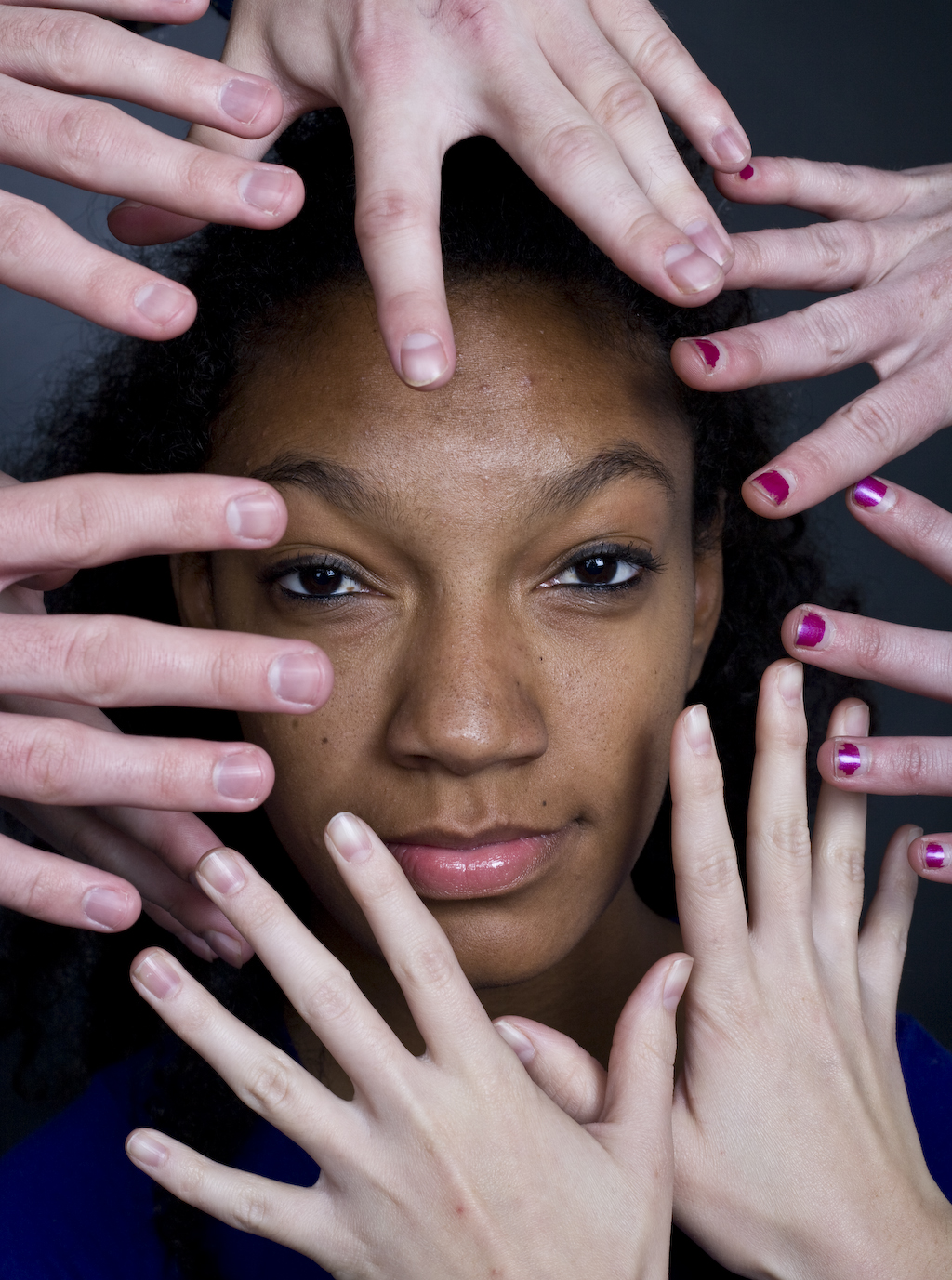On Oct. 21, 2010, Kimberly Martinez wrote an interesting article entitled “Statistics highlight diversity concerns.” In it, she revealed statistics from Biola Institutional Research about the ethnic makeup of Biola. Those stats broke down as follows: “59 percent white, 14.8 percent Asian, 11.6 percent Hispanic, 5.3 percent international students, 5.2 percent multiple races, and 3.3 percent black.” The basic conclusion from this was: “Biola University remains a white majority school.”
Introducing an article series
In the wake of these statistics, I would like to offer a series of articles on the topic of improving the ethnic diversity at Biola. Since I am African American, the articles will focus on Biola’s low African American presence, although not exclusively. This first article will hopefully demonstrate that Biola does indeed have a diversity problem, especially in the area of its African American population. The second article will seek to address the potential causes of low ethnic diversity at Biola. And the third article will attempt to offer practical solutions for improvement, not merely for the sake of numbers but for the overall enrichment of the Biola experience as an academic institution where members of the body of Christ study, fellowship and interact.
Ethnicity statistics not surprising, but still concerning
Since I have been attending Talbot for two years now, I was not surprised at the statistics. Sometimes I have been the only African American in many of my classes. Out of the four classes I am taking this semester, in three of them I am the only African American or African period. While I definitely love all of God’s people of all ethnic backgrounds, at times it can be difficult to be the only one of your “kind” attending classes. Of course, we are all one in Christ and there’s no Jew or Gentile in a spiritual sense, but the fact remains that we are of different racial backgrounds, a fact that demonstrates the creativity and virtuosity of God (Acts 17:26-27). All of us, in all our similarities and differences, are descendents from Adam and Eve.
While the statistics at Biola are a cause for concern, when you compare Biola’s stats with the demographics of Los Angeles County and its many large African American churches in the area, and other Christian universities, you will find even more disturbing statistics. According to the U.S. Census Bureau (2009), the diversity of Los Angeles County breaks down as follows: 48 percent Hispanic, 28.4 percent white, 13.4 percent Asian, 9.3 percent black, and 1.3 percent Native American or Hawaiian.
Biola community doesn’t match surrounding culture
When it comes to the black community and it’s very conservative, protestant Christian leanings, the lack of representation at Biola becomes even more troubling when you consider the fact that Los Angeles County has some of the largest black churches in the nation. For example, the four largest, primarily African American churches in Los Angeles are: Faithful Central Bible Church, which has a 17,000-seater sanctuary, West Angeles Church of God in Christ with 22,000 members, the FaithDome with 18,000 members, and Bishop Noel Jones’ City of Refuge with 17,000 members.
All of these churches are within about a one hour driving distance of Biola. Yet the overall African American attendance at Biola has hovered around 3 to 4 percent for a number of years.
Biola falling behind other Christian universities in area of diversity
Added to this disparity is the fact that other Christian universities have a higher minority enrollment than Biola, and yet Biola has been in existence longer than most of them. For example, the conservative Southern California Seminary started in 1946 and recorded a minority enrollment in fall 2002 of 19 percent African American, 30 percent Hispanic, and 24 percent Asian. Now you might be tempted to think that this merely reflects the demographics of the area near the school. But you would be wrong.
According to the U.S. Census Bureau (2000), African Americans only made up 5.4 percent of the city of El Cajon, Hispanics 22 percent, and Asians 2.8 percent. In the nearest major city to SCS, San Diego, African Americans were at 7.9 percent, Hispanics 25.4 percent, and Asians 13.6 percent. In each case, SCS was able to exceed the minority population in its enrollment by wide margins.
In the next article, I will look at a few more interesting and thought-provoking statistics comparing Biola’s enrollment with similar Christian universities and also delve into some of the possible reasons for the disparities.







